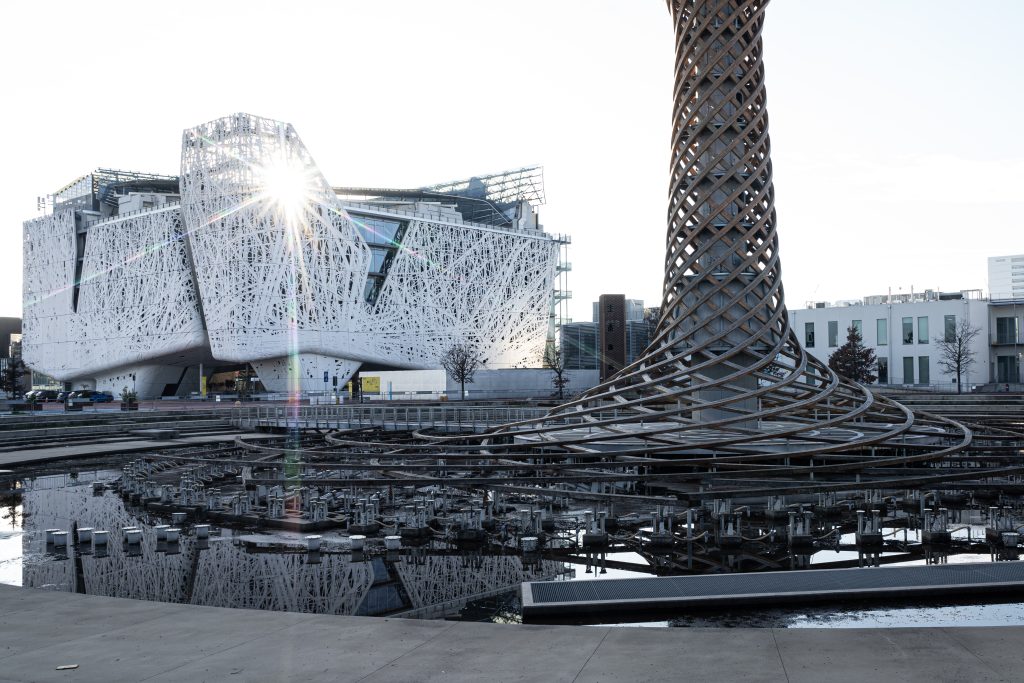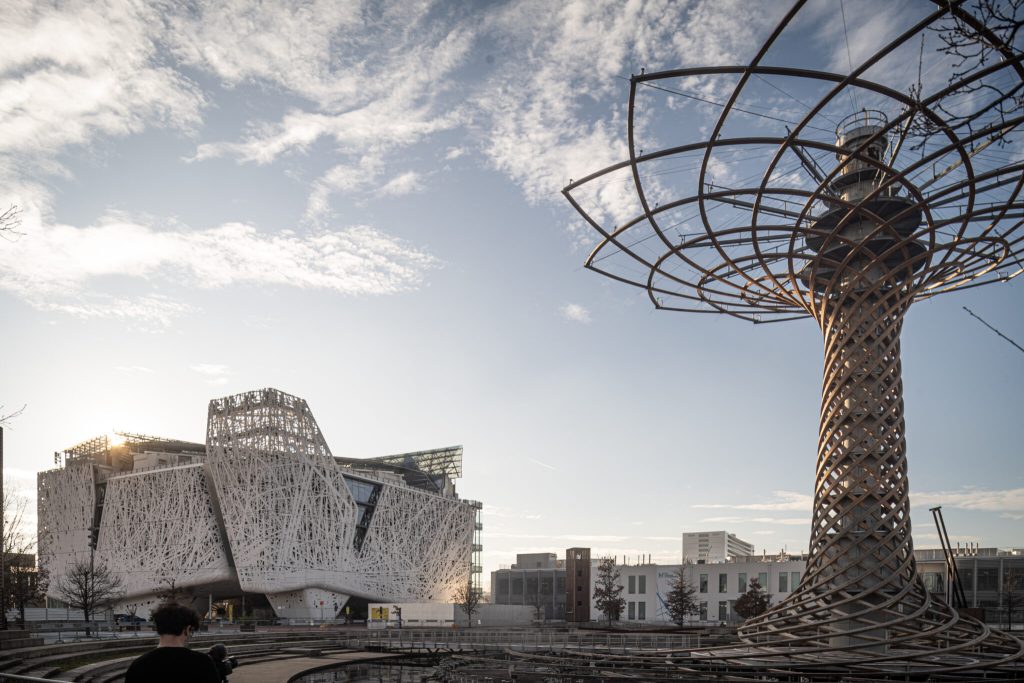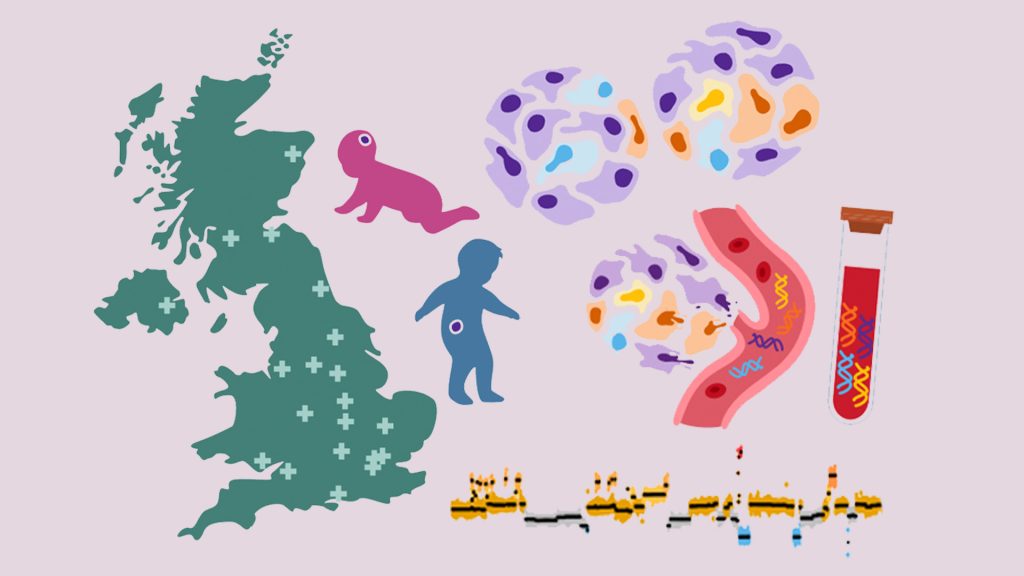Exploring Nuclear Proteomics with the PRUNE Project
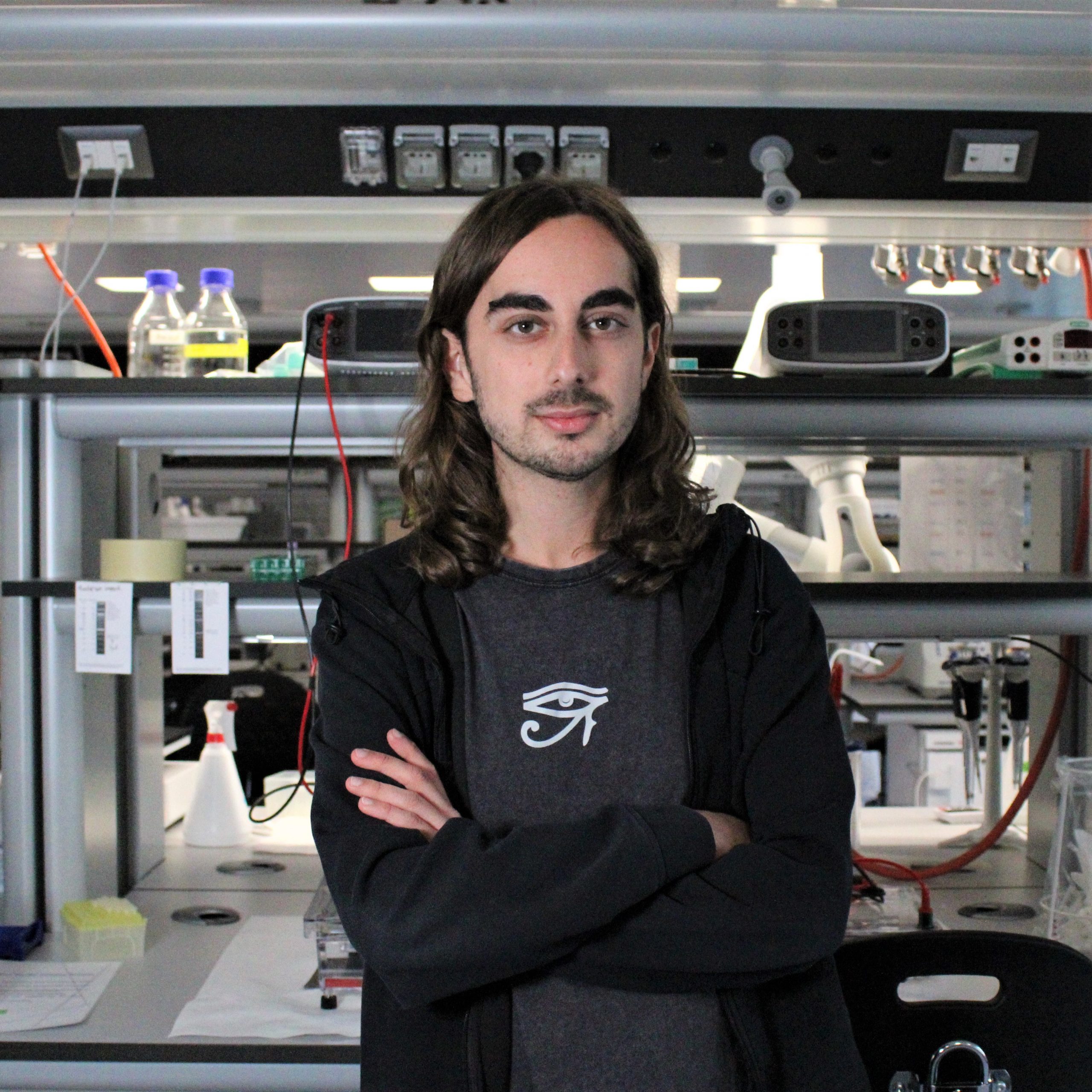
Meet Carlos Jimenez, Postdoc in the Bienko Group (Genomics), who has been awarded a prestigious Marie Skłodowska-Curie Actions Postdoctoral Fellowship from the European Union. The grant, totalling €172,750.08 and covering a two-year period, will support his groundbreaking project PRUNE – Uncovering the Proteomic Radial Organisation within the Eukaryotic Nucleus – to study how the spatial arrangement of nuclear proteins contributes to optimal cell functioning.
Carlos, can you explain the PRUNE project’s main objective?
My project PRUNE arises from the idea that the interior of the cell nucleus is not homogeneous, as most of its components (genome, nuclear bodies, lamina) and functions (transcription, splicing, replication) are not evenly distributed in this tri-dimensional space. One of the highest levels of nuclear spatial organisation are those differences between the nuclear periphery and the centre: the radial organisation. Our idea is that this dimension helps create different environments that physically separate incompatible molecular events and optimise the distribution of tasks. We think that this must result in a general non-random radial distribution of proteins in the nucleus, constituting a higher level of genome regulation affecting vital processes like gene expression programming.
To test this hypothesis, I will develop a new method to map the radial distribution of all nuclear proteins, by coupling 3D genome mapping technologies and mass spectrometry-based proteomic analyses. I aim at unveiling all nuclear proteins and processes radially arranged in different biological models of interest, such as stem cells undergoing differentiation towards different developmental lineages, or genomically engineered cells carrying perturbations in their genome radial organisation.
What are the main steps in the project’s development?
The PRUNE project is organised around three work packages: first, the generation of this new technology (GPSpec); second, the use of GPSpec to assess the radial organisation of proteins in cells undergoing differentiation to different lineages; and third, the use of GPSpec to assess the effects of radial perturbations induced by CRISPR-Cas9-based genome engineering.
Who are your collaborators on this project, both internal and external?
For this project I will count on the help of the Harschnitz group at HT, leveraging their expertise in differentiation models to different nervous system lineages (neurons, astrocytes) from pluripotent stem cells in culture. I will also be in close contact with the Bienko group at Karolinska Institute/SciLifeLab (Stockholm), learning from their experience in fluorescence in situ hybridisation (FISH) for genome organisation imaging. Of course, I will also rely on several of the HT Facilities and Units (Genomics, Proteomics, Light imaging, Genome Engineering, Flow Cytometry…).
How can PRUNE improve research on human health and diseases?
Our mission is to expand our knowledge on how genomes are regulated by answering an unexplored question: how does the spatial distribution of proteins interact with the genome to condition gene expression programmes? Gene expression programming during cell lineage differentiation is one of the major players behind health and disease, and object of study in several disciplines like cell biology, neuroscience, or cancer research. We aim at contributing with a new level of genome regulation to the intricate puzzle of specific gene expression regulation in healthy and aberrant cell lineages. This could represent an advance in our understanding of how dysregulation of the genome spatial organisation can explain diseases with high social impact such as cancer, neurodegeneration, and aging.
We will generate the first assay to determine the radial distribution of the nuclear proteome, useful for addressing questions yet unanswerable due to technical limitations: for example, it could be used to identify nuclear proteins relevant for physiological or pathological processes, that have gone unnoticed until now because their spatial distribution was not paid attention before.
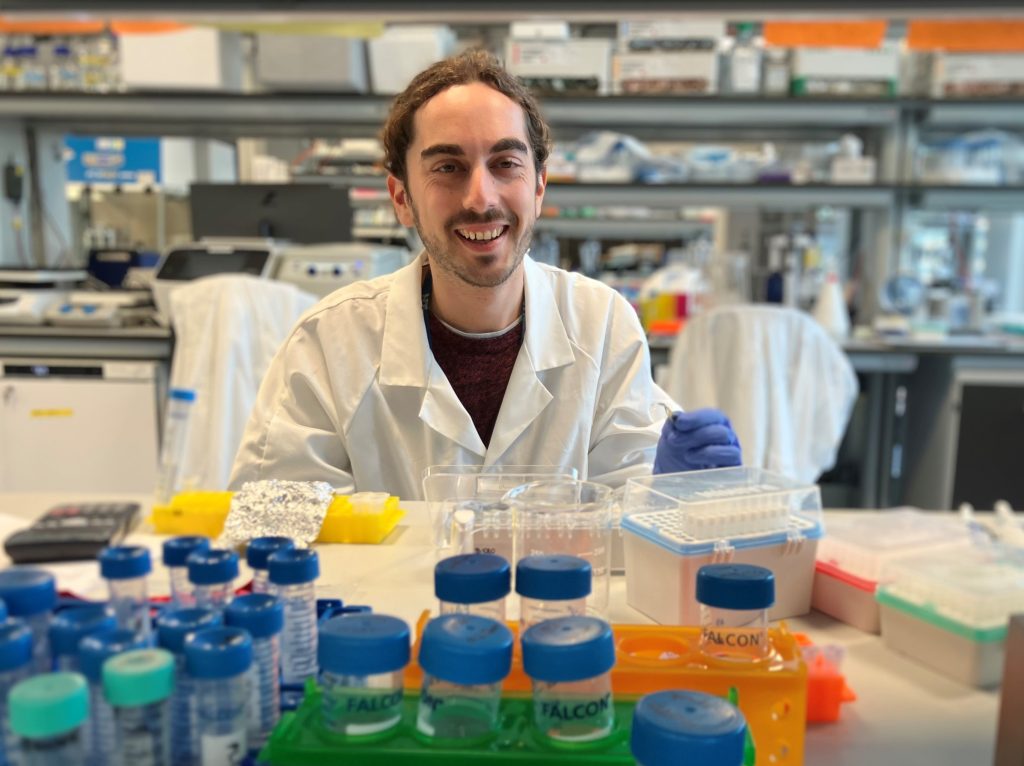
How does this advance your field of research?
As part of the Functional Genomics Programme of the Genomics Research Centre, we are interested in one of the big questions of current biology: how is gene expression set up in a cell type-specific manner? It is known that many layers of regulation influence and determine the final gene expression programmes that allow lineage identity, from epigenetic to post-translational regulation. For example, the expression and accessibility to chromatin of transcription factors have been widely studied as regulatory determinants, but the spatial distribution of these proteins within the nuclear space has not been studied yet in a systematic way. This project aims at adding a yet unstudied layer of regulation –the spatial organisation of nuclear proteins–, contributing to the comprehension of genome regulation.
Why are you excited about this project?
This fellowship will allow me to develop an ambitious research project, representing an opportunity for me to explore new avenues and expand the scope of my research career. Indeed, having the validation and support of a fellowship programme as such is a tranquillity and a boost of motivation to get it done. For me, the most exciting aspect of this project is the fact that it does not rely on state-of-the-art technology, but we will go beyond by developing novel tools, what represents a challenging but stimulating new step in my career.
What are the main challenges, and how do you plan to overcome them?
The big challenge of this work is the development of a novel technology for the radial profiling of the nuclear proteome. Indeed, I will be working on this key step for the whole first year of the fellowship. However, my previous training in the Bienko Group together with their previous expertise in the development of technologies for the spatial mapping of the genome will maximise the chances of achieving this critical step.
What inspired you to pursue this research direction?
Since the beginning of my PhD I have been fascinated by how cells orchestrate the expression of thousands of genes to assure cell identity and to avoid diseases. I find it inspiring how such delicate control of gene expression arises from an apparent chaos of biomolecules tangled in the chromatin, and I think that it is in the light of its spatial organisation when this chaos can acquire a meaning and make sense.

Funded by the European Union (Horizon Europe MSCA PRUNE, GA n. 101152805). Views and opinions expressed are however those of the author(s) only and do not necessarily reflect those of the European Union or the European Research Executive Agency. Neither the European Union nor the granting authority can be held responsible for them
